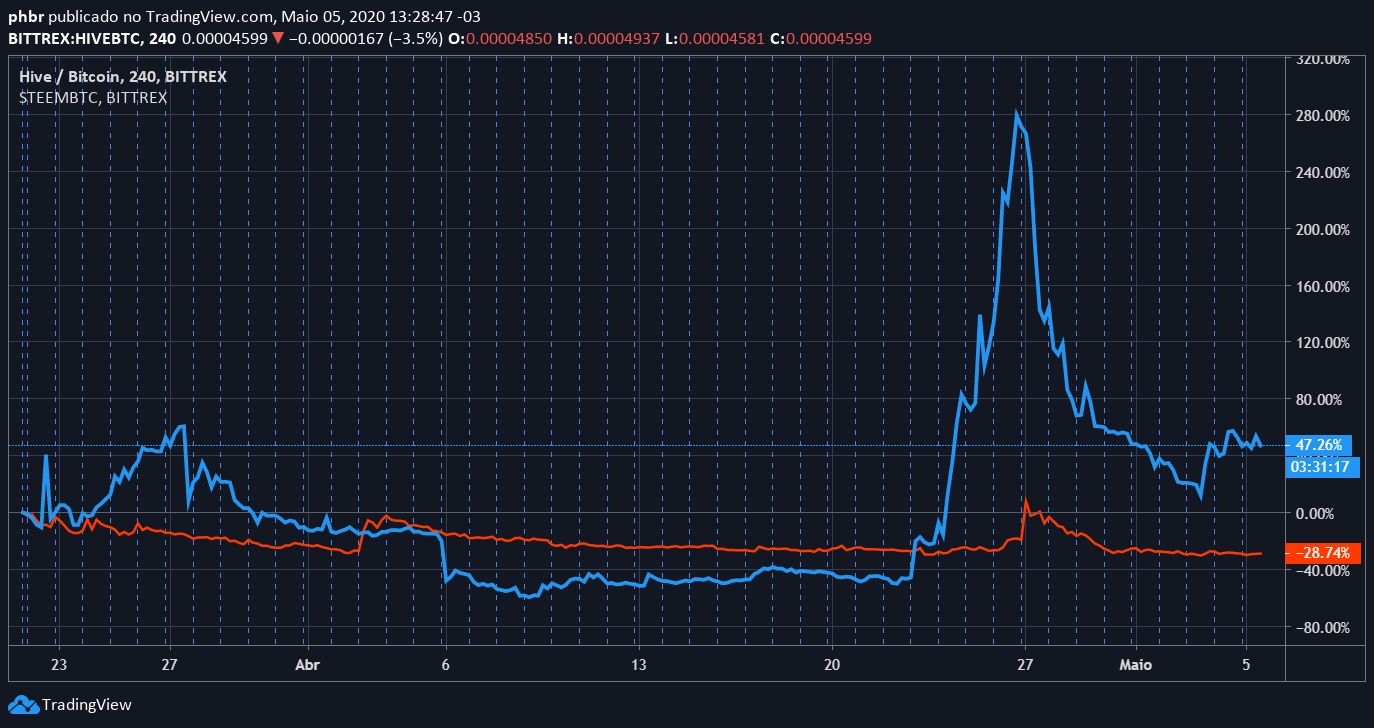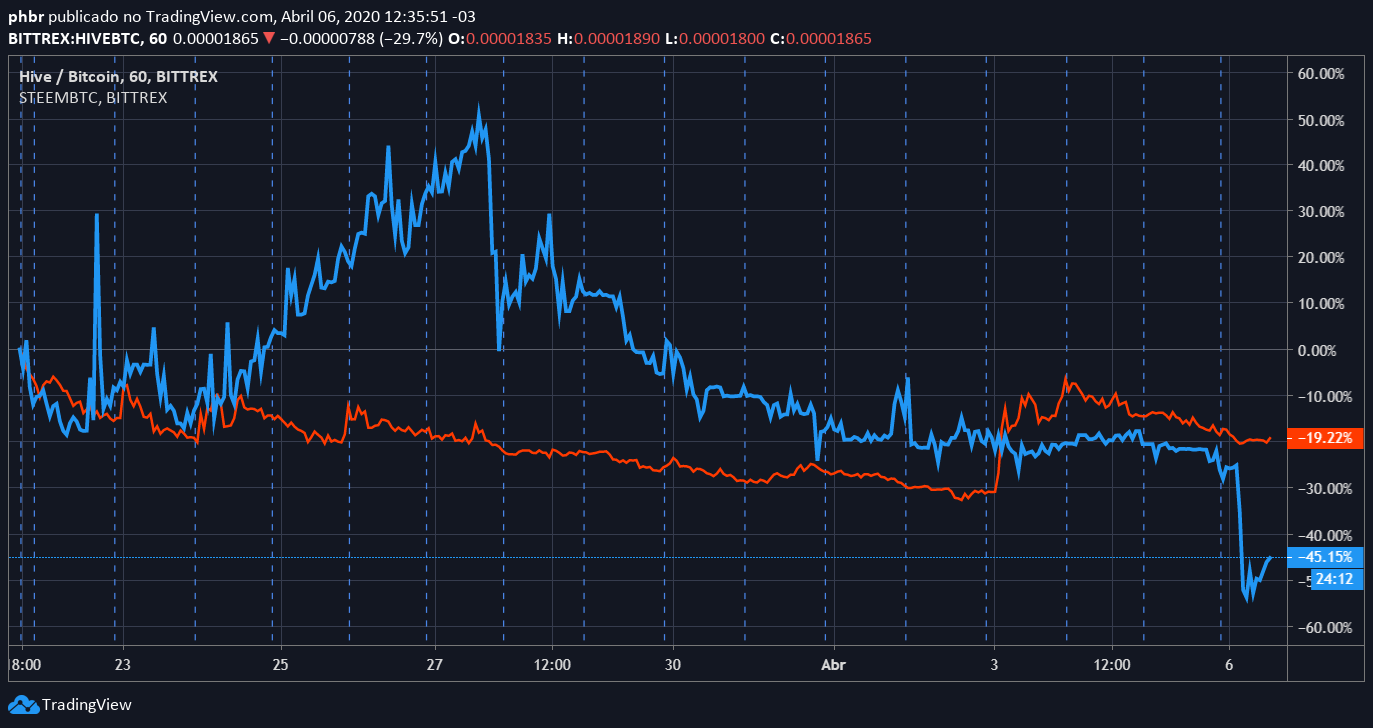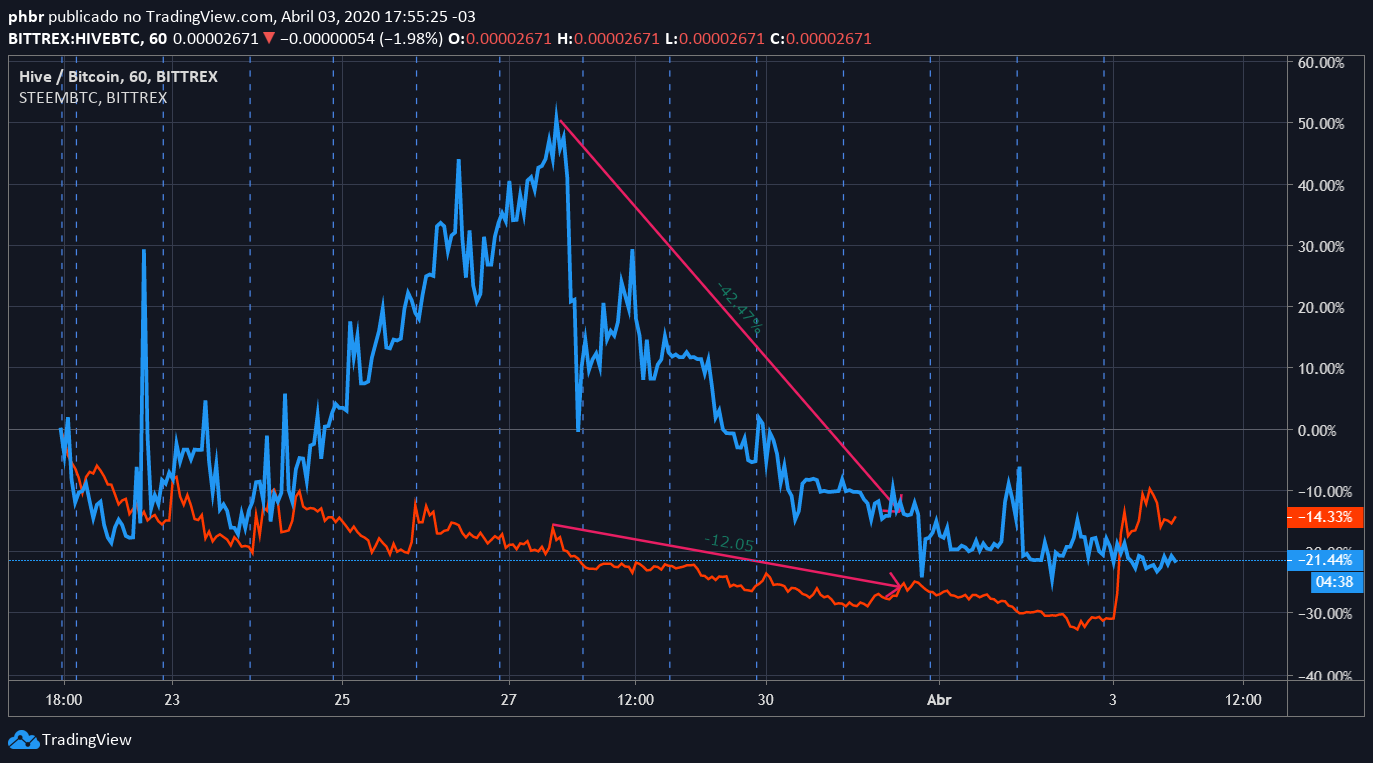Previously, I talked about a simple trading strategy to be used in 4 hours periods.
I'll be presenting here another strategy that uses the moving averages , and that can be easily used in conjunction with the crossing of moving averages. WARNING: The content of this publication is educational. If you wish to use the techniques described below make sure you understand all the risks related to operations in the financial market.
Strategy description
This strategy uses the moving averages as support for the definition of entry points. Often, when a active is in a well-defined trend, during a downturn the price may find a resistance reaching the level of moving averages.
This strategy uses the same indicators as the crossing moving averages , but with separate entry and exit points of a different operation.
As I said earlier, by using the same indicators (3 exponential moving averages ), this strategy can be used in conjunction with the crossing of moving averages.
Used Indicators
EMA (12) - Exponential Moving Average of 12 periods, known as the fast average
EMA (26) - Exponential Moving Average of 26 periods, known as the slow average
EMA (200) - Exponential Moving Average of 200 periods as a trend indicator
Recommended Graph Period
4 hours
Operation Entry
Initially it should be defined what is the current trend of the asset, and for this the we use the EMA (200).
If the asset price is being traded above the EMA (200), it is indicative of a bullish trend.
If the asset price is being traded below the EMA (200), it is indicative of bearish trend.
This can be seen in the figure below:

The use of crossing averages in markets with lateral trend usually do not have good results.
After defining the trend, the crosses of the fast and slow averages are checked as described above, and the entry point is defined in the operation:
In bullish markets
- The fast moving average (EMA 12) should be above of the slow moving average (EMA 26);
- When the price of the asset falls below the value of the fast moving average (EMA 12) and in the next candles, the price returns above the fast moving average (EMA 12), without fast and slow averages intersecting, enter into a buy (long) position.
In bearish markets
- The fast moving average (EMA 12) should be below the slow moving average (EMA 26);
- When the price of the asset stays above the value of the fast moving average (EMA 12) and in the next few candles, the price returns below the moving average (EMA 12), without fast and slow averages intersecting, enter into a sell (short) position.


Alternative Entry
You can also wait the price to just touch the fast moving average (EMA 12), but that entry has a bit more risk because it does not have a confirmation of trend continuity.The crossing the price with the fast moving average can be considered a confirmation.
Operation Exit
The exits are similar to the crossing moving averages :1 - Price reaching the fast moving average (EMA 12)
The output of the operation during a retraction to the fast moving average (EMA 12) is usually the exit point of the operation with the lowest risk, because in this movement, the price may either resume the previous direction or move in the opposite direction .

2 - Inverse crossing of moving averages
Another possible exit point of the operation is in crossing the averages in the reverse direction:
-
In a buy operation (Long), when the fast average (EMA 12) crosses the slow average (EMA 26) from top to bottom
In a sell operation (Short), when the fast average (EMA 12) crosses the slow average (EMA 26) from the bottom up

This exit from the operation presents a greater risk, since, as can be seen in the above drawing, because the moving averages are late indicators, the price change can be very large until the averages cross again.
Personal Considerations About the Strategy
The use of moving averages as support and resistance to define an entry point in an operation complements well the strategy of crossing of averages , since it allows a greater amount of opportunities in markets that present a clear trend.But just like the crossing of averages, the entry and exit signals, although clear, may be false, and the fact that the price has touched the moving and returned average is not certain that price will pick up the direction of the trend.
Markets that are in lateral movement do not present good results with this technique, similar to crossing of moving averages , since prices can spend some time transiting between averages fast and slow, without having a clear definition of its direction.
It is always important to consider a strategy to define Stop Loss and Take Profit, based on the history of the asset being traded. Leaving to exit the operation only when one of the output signals appears can lead to large losses or small gains.









